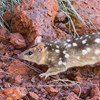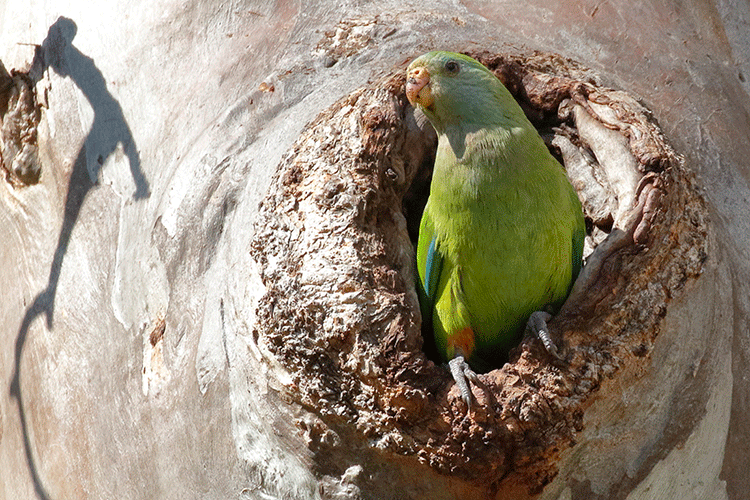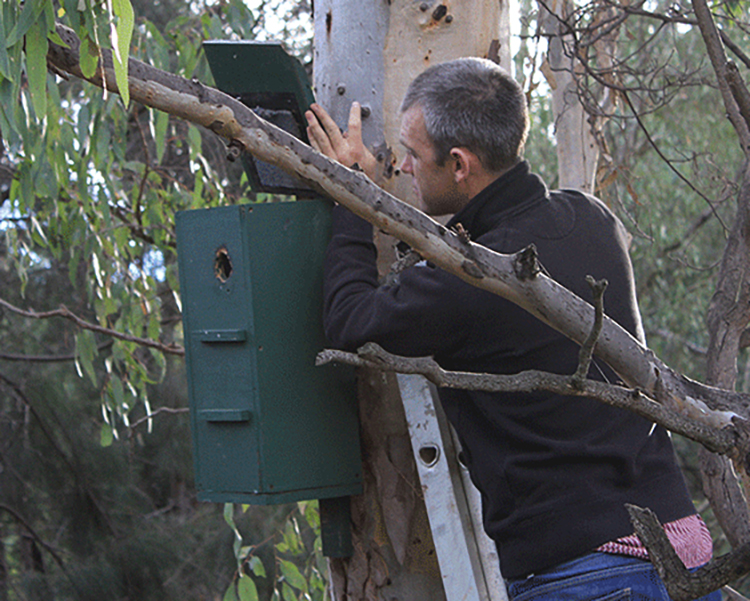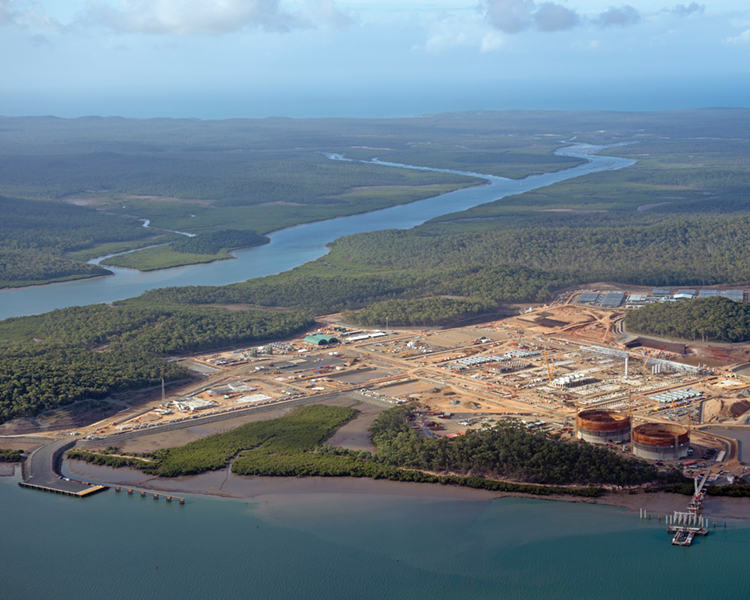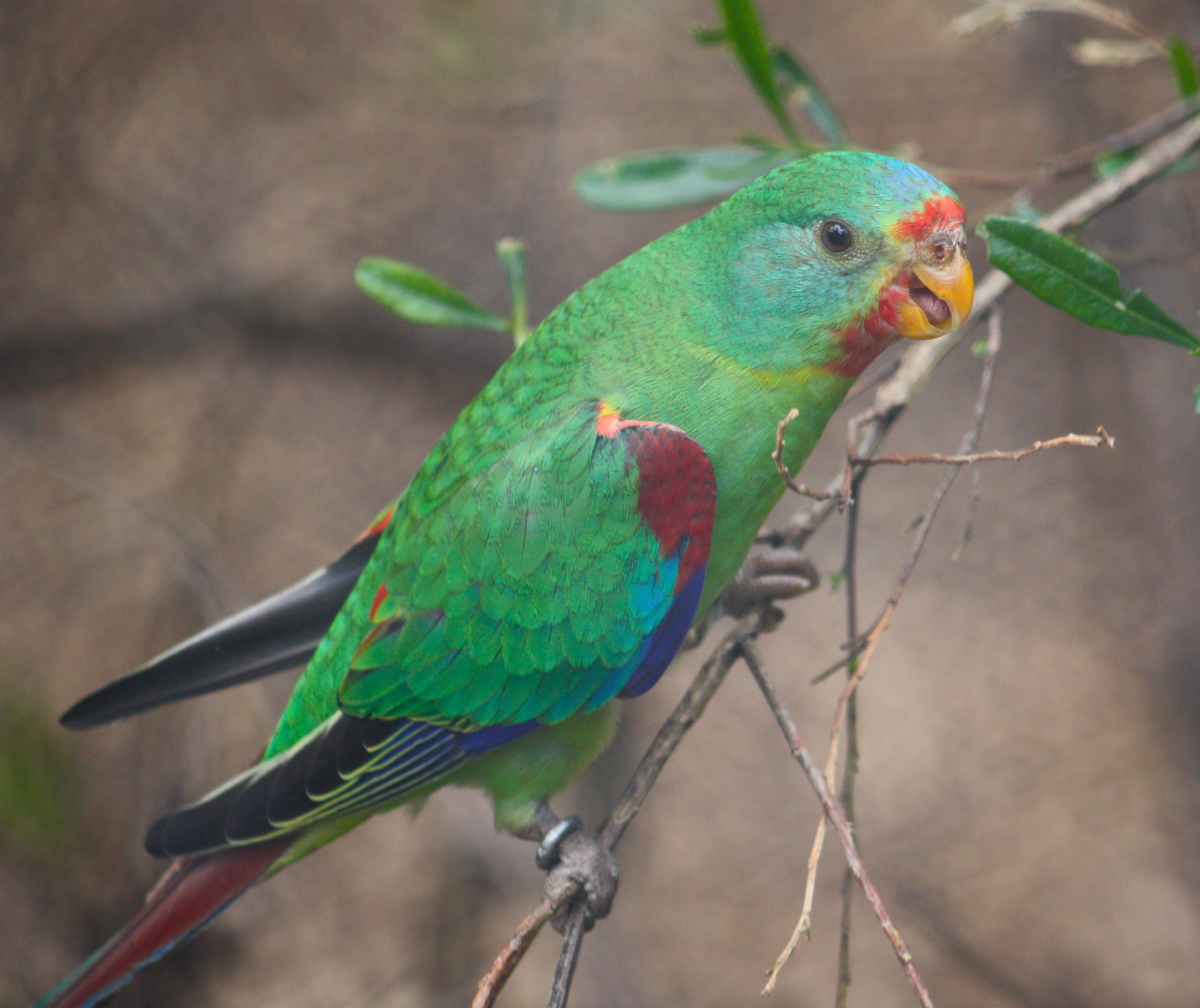
Better offsets for threatened species
Wednesday, 04 May 2016When species are threatened by development such as urban growth or mining, environmental offsets are often used to help counterbalance the impact.
The idea is to generate an environmental benefit equal to the loss – achieving a neutral net outcome, says Associate Professor Martine Maron from The University of Queensland, who leads the TSR Hub’s ‘Better offsets for threatened species’ Project (5.1).
“Some of the traditional area-based offsets, which may involve creating new habitat and putting protection around it, or restoring the condition of vegetation on other land, can be very expensive but not as effective as we’d hoped,” says Associate Professor Maron.
Project 5.1 will explore alternative strategies for providing offset benefits, particularly for threatened species often affected by unavoidable development, such as the Swift Parrot, Regent Honeyeater, Growling Grass Frog and cave-dwelling microbats.
This might include specific interventions to control feral predators or overabundant native species, minimising disturbances at beach nesting sites, and replacement of important habitat structures.
“In some cases, we might find measurably better outcomes can be achieved for a threatened species through funding a predator or pest control program than through purchasing land for protection,” says Associate Professor Maron.
“For example, the Noisy Miner is a native bird that is thriving as a result of woodland habitat being cleared, grazing and frequent burning – but they tend to dominate a habitat and bully other birds out. This includes the critically endangered Regent Honeyeater.”
“By controlling Noisy Miners, we might be able to free up breeding habitat for the Regent Honeyeater.”
“The Hub is also looking at a suite of projects to improve the restoration of threatened habitats - places like Box Gum Grassy Woodland and Buloke Woodlands. We’re trialling ways of doing restoration that generate benefits for biodiversity, what works and how much it costs. Those trials will feed into the offsets project”
The project is also investigating perpetual funds to support ongoing offset strategies.
“Predator control for a short time only might not help – it has to be a sustained program. A potential solution is for developers to contribute to a trust fund that covers the costs of ongoing programs to control threats in the long term.”
The team has recently finished a global review of the state of offsetting policy and practise, and the key issues that arise.
“Environmental offsetting is relatively new in a lot of contexts, and is one of the more controversial approaches around at the moment. Many of us on this project have worked with governments and proponents who are looking for good offsets, as well as with environmental organisations that are very wary of offsetting. It’s complex.”
The team will incorporate research from other TSR Hub projects and information from the Department of the Environment to find better alternatives to existing practice.
“The next step will be to work with the Department to identify threatened species and habitats that often require offsets under the Environment Protection and Biodiversity Conservation Act. We’ll then examine more innovative offsetting approaches for those species.”
Image credit: Swift Parrot, courtesy of Heather W (Flickr).
-

Target based ecological compensation: an approach that aligns compensation with conservation targets
Wednesday, 02 June 2021 -

Introduction to biodiversity offsetting - the basics of what biodiversity offsetting involves
Wednesday, 02 June 2021 -

Why do we offset? – under what circumstances might be consider a biodiversity offset
Wednesday, 02 June 2021 -

What do we offset? – how do we describe and measure biodiversity for the purposes of offsetting
Wednesday, 02 June 2021 -

Calculating losses and gains – how to estimate the amount of gain from an offset
Wednesday, 02 June 2021 -

Uncertainty, time lags and multipliers – adjusting estimates of gain from an offset
Wednesday, 02 June 2021 -

Offset rules – setting constraints and requirements to help make offsets more effective
Wednesday, 02 June 2021 -

Spatially strategic offsets – coordinating offset actions for greater benefits
Wednesday, 02 June 2021 -

Monitoring & evaluation – tracking the performance of individual offsets and offset programs
Wednesday, 02 June 2021
